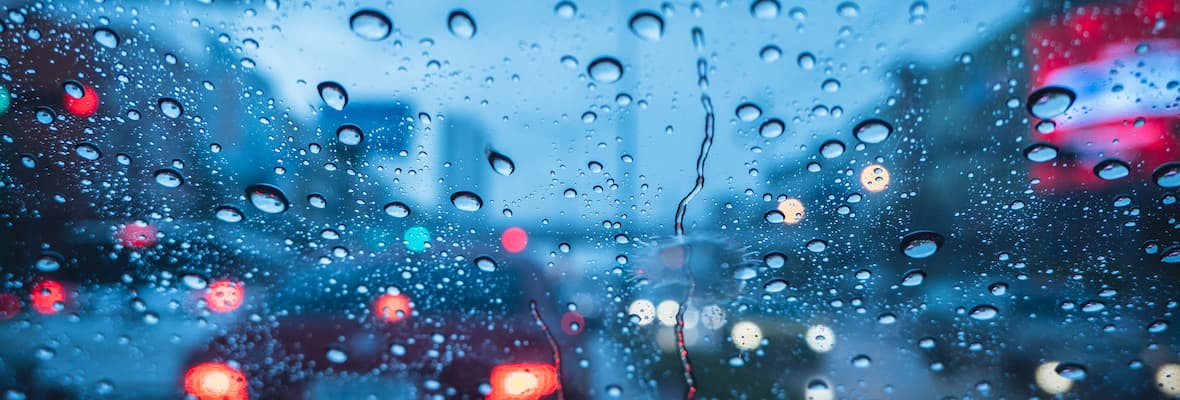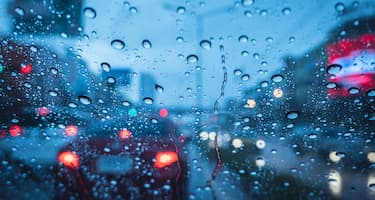Related articles
- 9 road safety tips for your teen learner driver
- Distracted driving facts
- 5 simple ways to make your car safer
- How to Safely Share the Road With Non-Motorists
- 9 tips for staying safe in service stations
- Child Car Seat Laws And Regulations
- How to reduce the risks to children of reversing cars
- Licensing of older drivers in Australia
- The must have car safety features in modern cars
- What cars have ISOFIX in Australia
- ANCAP safety ratings explained
- How to reverse park
- How to Avoid or Minimise Hail Damage to Your Car
- School road safety tips for families
- Staying safe in your car
- Using mirrors correctly to eliminate blind spots
- How to choose, install & adjust your children’s car seats
- Driving safety tips
- Give way rules - Who goes first?
- Sharing the Road Safely With Heavy Vehicles
- Do you know your road signs?
- What to do after a car accident
- What To Do in Event of a Crash with Wildlife
- Why are young drivers considered high risk?
- Which Australian state has the strictest road rules?
- 10 Obscure road rules you didn’t know existed in Australia
- Which states and cities in Australia have the most motor vehicle thefts?
- Learner Driver Restrictions Australia
- Learning How to Drive
- Supervising a Learner Driver: What are the rules?
- Electric Scooter Laws in Australia
- School Road Safety for Kids
Disclaimer: This information is general in nature only. While Budget Direct has endeavoured to ensure the information we’ve relied on is accurate and current, we do not guarantee it. Budget Direct accepts no liability for this information.
Driving in wet weather is something all drivers will inevitably experience from time to time, and depending on the severity, it will impact your driving capabilities — from how you read the road to managing braking distance.
In Australia, driving tests under wet-weather conditions aren’t mandatory before you become a licensed driver, so how you handle yourself in the wet comes down to experience as much as it does preparation.
We’ve outlined 4 ways to help you become a better driver in wet-weather conditions.
Keep up to date on weather conditions
Use forecasts to check for weather conditions and avoid driving during unsafe heavy rainfall and never drive on flooded roads. Driving in these conditions can affect your control over your vehicle, reduce visibility and increase traffic congestion.
If you can, it’s best to stay out of heavy rain and wait until it has all passed before getting on the road.
Check the condition of your car
Regular car maintenance and servicing checks will help to ensure the safety of your vehicle if you do ever drive in wet conditions. Here are some ways you can keep your car in good condition.
Tyre pressure and tread
It’s vital that your tyres are fit for purpose, they are your only contact between you and the road so the condition of your tyres is critical.
Check your tyres are holding the recommended amount of pressure, as stated in your owner’s manual and make sure your tyre tread is at least 1.5mm deep across the width of the tyre, as this is the minimum legal requirement for tyres. Also look out for general wear-and-tear such as ‘thin’ rubber, bulges, or nails.
Windscreen wipers
Another component of your car that will help you manage the rain while driving, is your windscreen wipers.
Make sure they are clean of debris for them to glide across your windscreen cleanly and, if they’re damaged, or not functioning as they should replace them before you drive.
The sun can erode the rubber of your wiper blades over time, which causes gaps in the wiper blades and makes them less effective.
Lights
You need to make sure all of the lights on your car are clean and work well. The law requires drivers to turn on their headlights in hazardous conditions and without them, you may not be able to see the road and be visible to other drivers.
Before driving in wet weather you’ll want to check your car’s:
- Headlights
- Indicators/hazard lights
- Brake lights
- Reverse lights
- Park and fog lights
Driving in wet weather
If you get caught out driving in unexpected wet weather there are a few simple things you can do to ensure your safety.
You can start by:
- Driving slowly – the signed speed limit is the maximum safe speed you should drive in ideal conditions which is why you need to drive slower in wet weather conditions.
- Drive with your lights on low beam (especially when there’s fog)
- Demist your windscreen with your air conditioner to avoid condensation
- Do not drive on unsealed roads, roads covered with water and stay away from stagnant water on the side of the road
- Use road markings to stay in the middle of the lane and maintain the correct position especially in wet weather
Aquaplaning
Aquaplaning can occur when a layer of water is forced between your tyres and the road’s surface. This causes your tyres to lose contact with the road completely, and with no traction, you could lose control of the car.
To avoid aquaplaning in wet weather:
- Reduce your speed
- Don’t brake suddenly
- Slowly ease off the accelerator
- Don’t try turning the steering wheel
Skidding
The difference between aquaplaning and skidding is that if you’re skidding you’ll still have some traction on the road. If your car starts skidding this can be very difficult to control, especially in wet weather conditions.
To avoid skidding in wet weather:
- Reduce your speed
- Accelerate smoothly
- Brake smoothly
- Corner smoothly
Double the distance between cars
You should leave a safe distance between yourself and other vehicles during wet weather conditions. Roads can be very slippery when wet and this can affect your stopping distance and control over your vehicle if you need to brake. Keep far enough away from other vehicles so that if something unexpected happens you can still stop in time.
Cars
If you’re driving in a car in ideal conditions you should keep at least 2 seconds behind the vehicle in front of you. This means that in wet weather you’ll need to keep at least 4 seconds behind the vehicle in front of you.
The best way to measure this is to pick an object or mark on the road that’s close to the left-hand side of the road, like a power or light pole. When the tail end of the vehicle in front of you passes the object you can then count “1 thousand”, “2 thousand” (this takes about 2 seconds in total).
Heavy vehicles, trailers, and caravans
If you’re driving a heavy vehicle in ideal conditions then you should keep at least 4 seconds behind the vehicle in front while and in wet weather conditions this will be doubled to at least 8 seconds.
If you’re driving with a caravan or trailer attached you should keep at least 2 seconds for your car and 1 second for your trailer or caravan in ideal conditions. In wet weather conditions, you’ll need to allow 4 seconds for your car and 2 seconds for your trailer or caravan.
Insuring your car
Budget Direct’s comprehensive car insurance policy covers loss or damage to your car due to an accident, severe weather, fire, vandalism, and theft.
Related articles
- 9 road safety tips for your teen learner driver
- Distracted driving facts
- 5 simple ways to make your car safer
- How to Safely Share the Road With Non-Motorists
- 9 tips for staying safe in service stations
- Child Car Seat Laws And Regulations
- How to reduce the risks to children of reversing cars
- Licensing of older drivers in Australia
- The must have car safety features in modern cars
- What cars have ISOFIX in Australia
- ANCAP safety ratings explained
- How to reverse park
- How to Avoid or Minimise Hail Damage to Your Car
- School road safety tips for families
- Staying safe in your car
- Using mirrors correctly to eliminate blind spots
- How to choose, install & adjust your children’s car seats
- Driving safety tips
- Give way rules - Who goes first?
- Sharing the Road Safely With Heavy Vehicles
- Do you know your road signs?
- What to do after a car accident
- What To Do in Event of a Crash with Wildlife
- Why are young drivers considered high risk?
- Which Australian state has the strictest road rules?
- 10 Obscure road rules you didn’t know existed in Australia
- Which states and cities in Australia have the most motor vehicle thefts?
- Learner Driver Restrictions Australia
- Learning How to Drive
- Supervising a Learner Driver: What are the rules?
- Electric Scooter Laws in Australia
- School Road Safety for Kids



